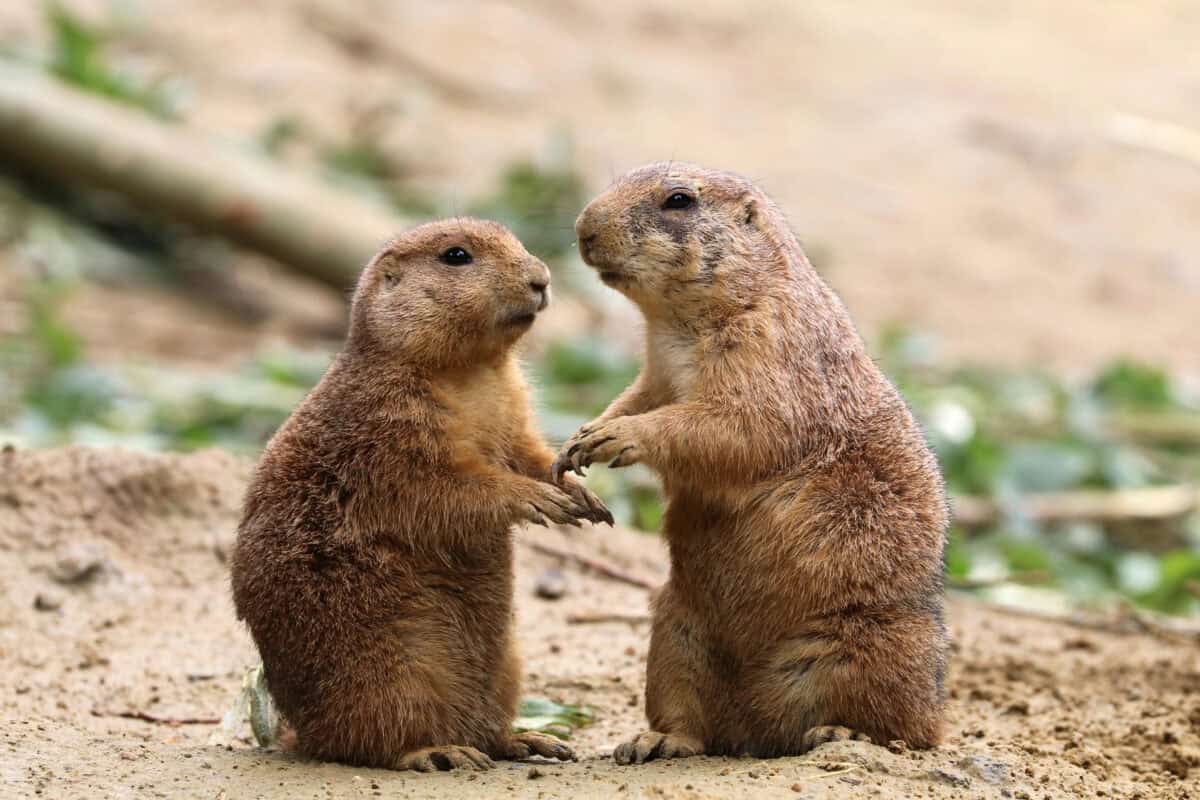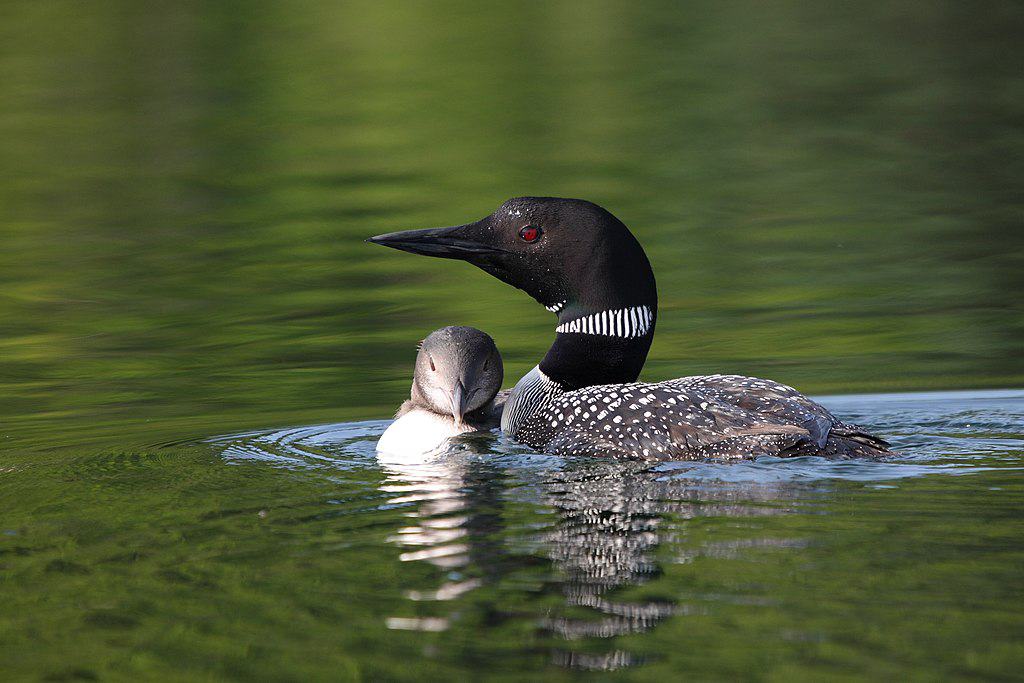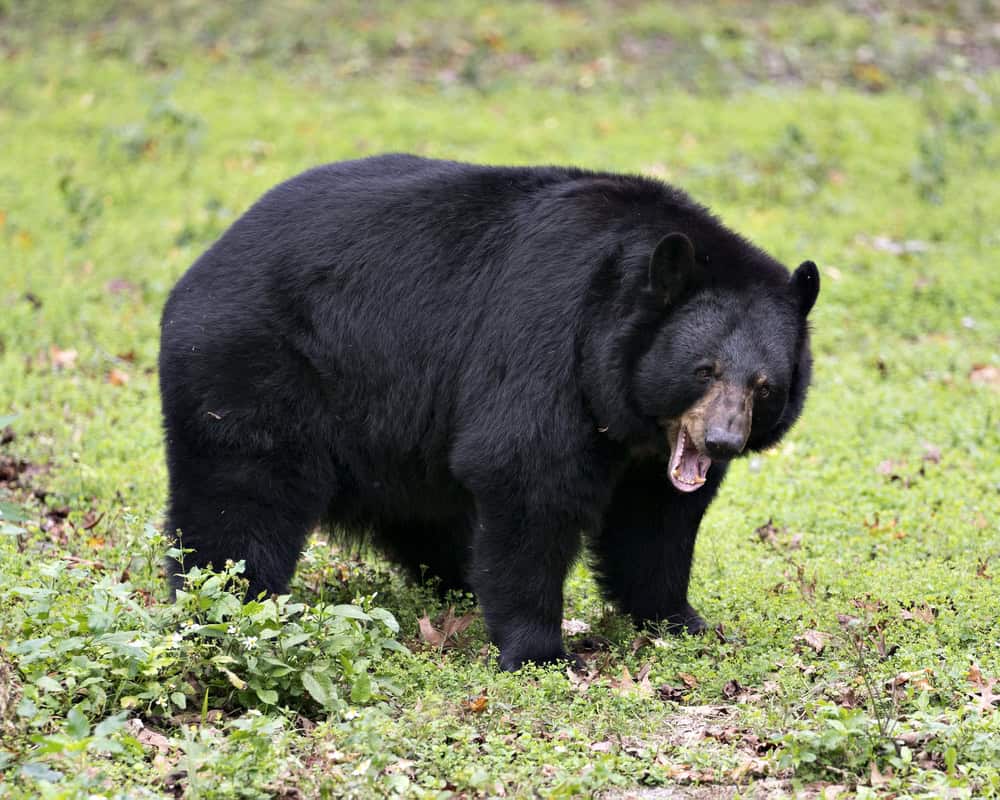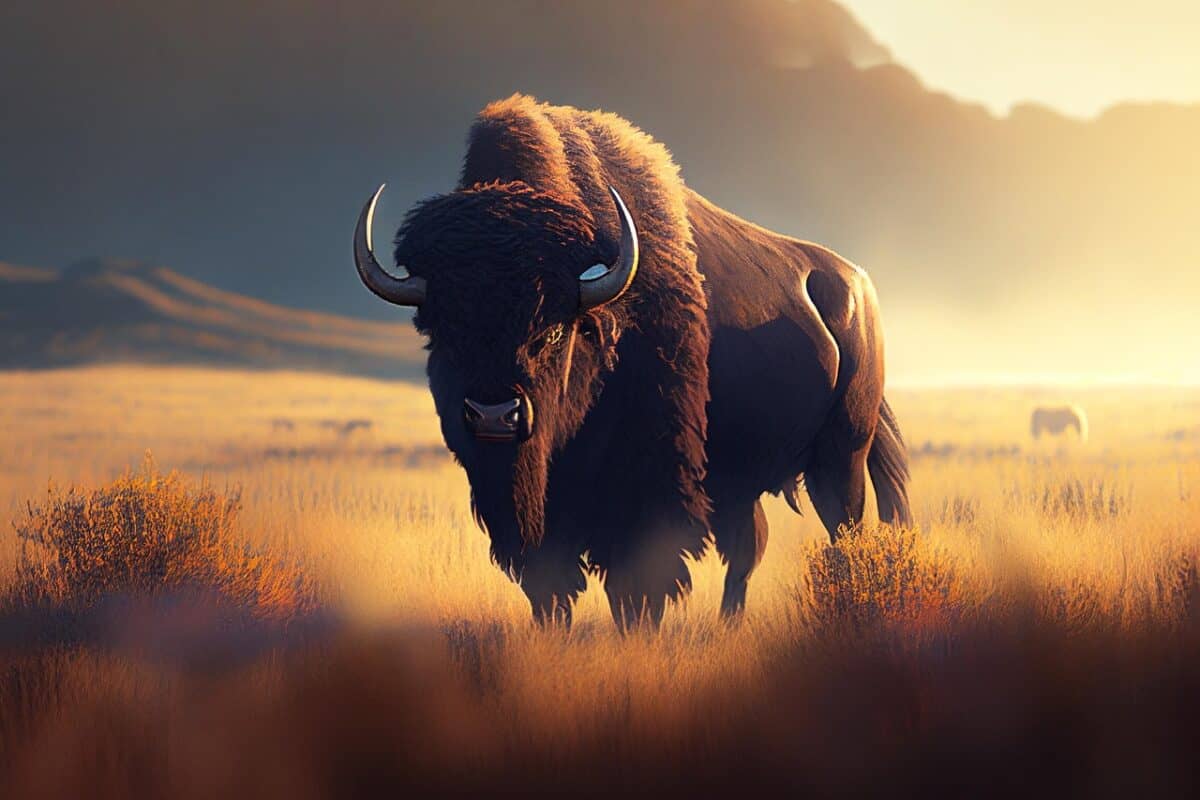American wildlife is as vast and varied as the landscapes it inhabits. From dense forests to arid deserts, the United States is home to an incredible array of animals, many of which hold fascinating secrets. In this article, we delve into 15 surprising facts about American wildlife that highlight the diversity and wonder of nature in this expansive nation. Whether you’re a nature enthusiast or just curious about the world around you, these insights will both inform and inspire. Let’s embark on this journey to discover the wild side of America!
The North American Beaver Nature’s Engineer

Renowned for their impressive dam-building abilities, North American beavers play a crucial role in ecosystems. These industrious creatures create wetlands that support biodiversity by slowing down water flow, reducing erosion, and increasing water table levels. Their activities can even help to purify water.
The Elusive American Pika

Often heard before they’re seen, American pikas are small, mountain-dwelling mammals known for their distinctive calls. Living in the rocky slopes of the Western mountains, pikas do not hibernate. Instead, they collect and store haypiles during the warmer months to sustain them through the harsh winters.
The Impressive Wingspan of the California Condor

With wingspans reaching up to 9.8 feet, the California condor boasts the largest wingspan of any North American bird. These majestic birds once faced extinction, but thanks to intensive conservation efforts, their numbers are slowly increasing.
How Opossums Help Control Ticks

Opossums are often misunderstood creatures, yet they provide significant ecological benefits. They consume vast amounts of ticks—potentially thousands each season—helping to reduce the spread of tick-borne diseases. Their immune systems are also highly resistant to rabies.
The Stunning Metamorphosis of the Monarch Butterfly

Monarch butterflies are celebrated for their incredible migratory journey, traveling thousands of miles from North America to central Mexico for wintering. What’s equally fascinating is their life cycle: from egg to caterpillar to chrysalis, culminating in the adult butterfly that captivates so many.
The Secretive Lifestyle of the Bobcat

Bobcats are solitary and elusive predators typically weighing between 15-30 pounds. Despite their relatively small size, they are skilled hunters capable of taking down prey as large as deer. Bobcats adapt well to various environments, including forests and swamplands.
The Importance of Prairie Dogs in Grassland Ecosystems

These small rodents are keystone species in the American Great Plains. Their burrowing activities aerate the soil, promoting nutrient availability and enhancing plant growth. Prairie dog colonies also provide habitats for other species, including the endangered black-footed ferret.
The American Alligator Comeback Story

Once on the brink of extinction due to hunting and habitat loss, the American alligator has made a remarkable recovery thanks to concerted conservation efforts. Now thriving in wetlands across the southeast, these reptiles are a conservation success story.
The Unique Antifreeze in Wood Frogs

Wood frogs possess a unique survival mechanism: they can freeze their bodies during cold winters. Their heart stops, they stop breathing, and up to 70% of their body water solidifies. They thaw and resume their normal activities when warmer temperatures return.
The Unexpectedly Large American Bison

The American bison is the largest land animal in North America, with males weighing up to 2,000 pounds. Once numbering in the millions, bison were nearly driven to extinction in the late 19th century, but conservation efforts have helped their populations recover.
The Remarkable Vocal Range of the Common Loon

Common loons are known for their haunting cries, which can be heard echoing over freshwater lakes. These sounds are not just eerie; they serve vital communication purposes, including establishing territory and calling to mates.
The Vital Role of Wolves in Ecosystem Balance

Wolves are apex predators that significantly influence the dynamics of their environments. By preying on various species, they help maintain the balance of wildlife populations, which can lead to healthier ecosystems. Their presence can even improve river systems by regulating overgrazing by deer and elk.
River Otters Playful Nature and Efficient Hunting

North American river otters are known for their playful behavior, which often involves sliding on mud or snow. Aside from their antics, they are efficient hunters, using their sensitive whiskers to detect prey in murky waters, ensuring they remain adept at feeding their families.
The Surprising Diet of Black Bears

Although often assumed to be primarily carnivorous, black bears are in fact omnivores with a diet mainly consisting of plants, berries, and insects. Their versatile diet is crucial for surviving in diverse environments, from dense forests to alpine meadows.
The Long Journey of the Leatherback Sea Turtle

The leatherback sea turtle is the largest of all sea turtle species and can embark on transoceanic migrations spanning thousands of miles. These gentle giants primarily feed on jellyfish and have been found traveling as far as Indonesia, demonstrating their incredible navigational skills.
Conclusion:

American wildlife is a treasure trove of fascinating species, each contributing uniquely to the country’s ecological tapestry. From the wetlands engineered by beavers to the majestic migrations of butterflies and turtles, the stories of these animals remind us of the intricate and interdependent nature of our ecosystems. By understanding and appreciating these creatures, we can better value the ecosystems that sustain both them and us, sparking a commitment to their preservation. Whether you are a casual observer or a seasoned naturalist, there’s always something new and incredible to learn about American wildlife.
- 15 Facts About American Wildlife That Will Surprise You - August 10, 2025
- 12 Stunning Animals You Can Only See in the American Southwest - August 10, 2025
- 12 Times Dolphins Shocked Scientists With Their Intelligence - August 10, 2025

